Most likely you have used tabs, or micro-joints, in one application or another in your shop. Creating tabs is a common punching application. Tabs are used to keep the part attached to the sheet so it can be easily broken free once it’s removed from the machine. The most efficient tab will keep a strong enough bond to the sheet to keep the part stable, but then break cleanly without requiring a secondary operation to clean up burrs. Tabs are used to “shake-a-part” pieces nested in sheet metal as well as to create “mini-nested” pieces for additional manufacturing processes.
 |
Corner Tab |
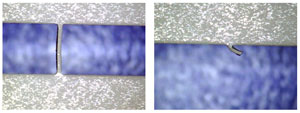 |
Wire Tab |
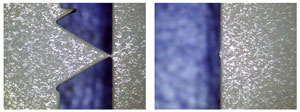 |
Equilateral Triangle |
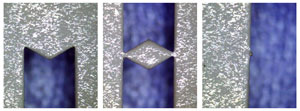 |
Inverted Diamond Tool |
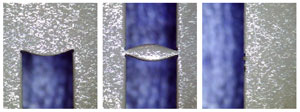 |
Inverted Diamond Tool with “Horns” |
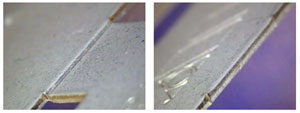 |
Half Shear Tool |
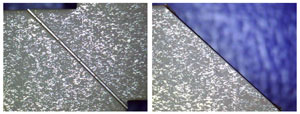 |
Dash Tool |
For more information on shake-a-part techniques, please contact our Tooling Technicians.
July 23, 2020
